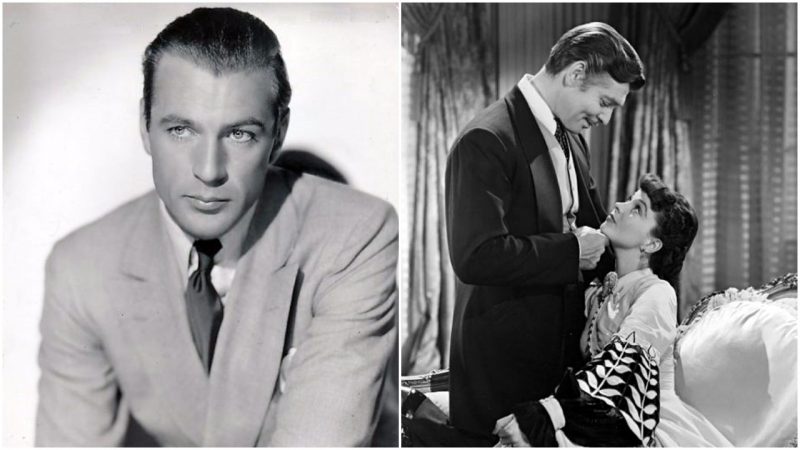Victor Fleming’s Gone with the Wind is arguably one of the most famous films ever made.
Adapted from Margaret Mitchell’s 1936 novel of the same name, the film initially received mixed reviews but audiences worldwide were enchanted by the exceptional performance of its cast, and the film remains as the most successful film in the Hollywood box-office history.
A month after Mitchell’s novel had been published, famous producer David O. Selznick bought the film rights for the novel for 50 thousand dollars and intended to make the movie right away, but the production team encountered numerous problems which led to the film being released almost four years later.
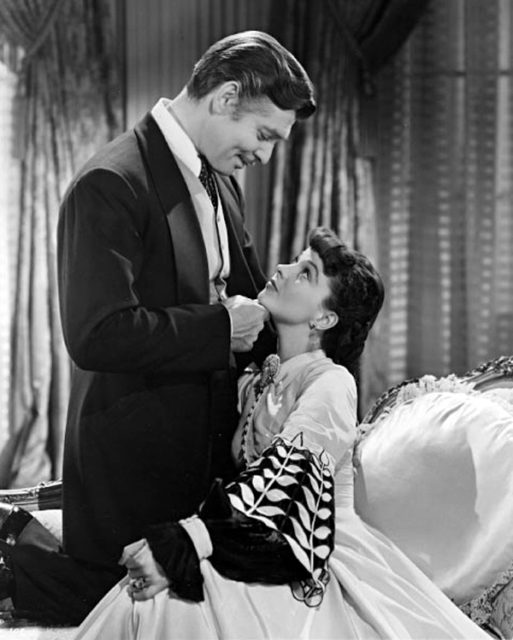
The biggest issue for Selznick and his team was the casting of the two leading roles; those of Scarlett O’Hara and Rhett Butler. To launch a nationwide campaign for the film, Selznick initiated a highly expensive casting call that interviewed 1400 women across the United States for the role of Scarlett O’Hara. Numerous women enthusiastically auditioned for the role, but their efforts proved worthless because Selznick and his team ended up screen-testing only 31 women who were all professional actresses.
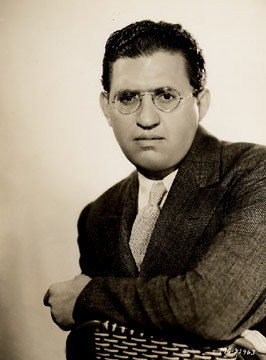
These 31 actresses included Diana Barrymore, Nancy Coleman, Paulette Goddard, Miriam Hopkins and Vivien Leigh.
Margaret Mitchell, the writer of the original novel who cooperated with Selznick on the film’s production, favored Miriam Hopkins because she thought that Hopkins greatly resembled Scarlett O’Hara from the novel. However, Hopkins was already in her mid-thirties, so Selznick thought she was too old for the role.
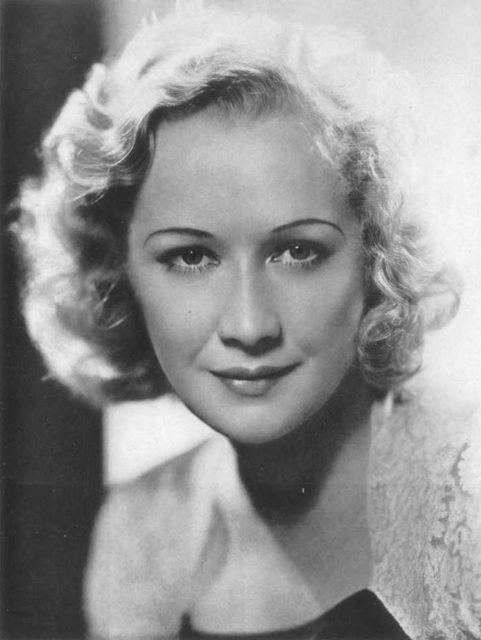
Instead, he chose Vivien Leigh, a young English actress who was little known in America at the time. Leigh proved to be perfect for the role and, nowadays, hardly anyone could imagine any other actress as young and strong-willed Scarlett O’Hara.
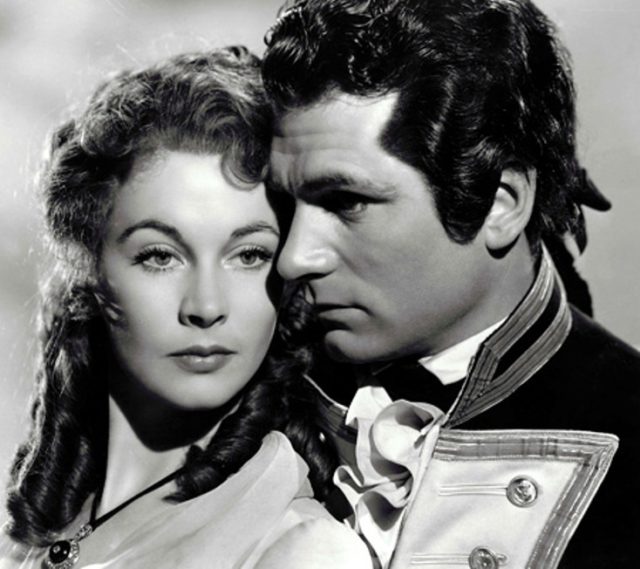
Selznick and his team faced an entirely different problem while searching for a perfect leading actor. Namely, Selznick intended to produce the movie solely through his production company, Selznick International Pictures, and all actors he deemed suitable for the role of Rhett Butler were under contract to different studios.
The Warner Company contacted Selznick and offered him a pack of Bette Davis, Errol Flynn, and Olivia de Havilland for the leading roles in the film, but they demanded distribution rights, so Selznick refused the deal. He was keen on hiring Gary Cooper, a prolific and versatile actor who rose to fame in the late 1920s through films like The Virginian and A Farewell to Arms. His second choice was Clark Gable, who was signed to the MGM Studios. However, the MGM Studios was willing to borrow Gable to Selznick in exchange for half of the box-office profit of the film and several other inconvenient terms.
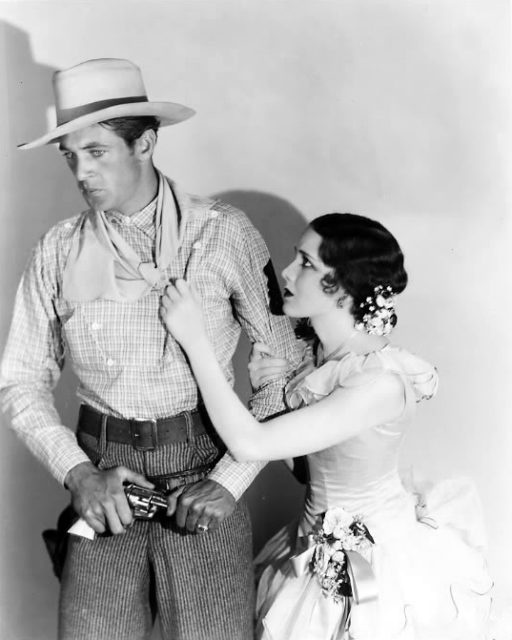
First, Selznick contacted Cooper. At the time, Cooper was signed to the production studio of Samuel Goldwyn, and Goldwyn refused to borrow him to Selznick for any amount of money. Since Cooper was Selznick’s first choice for the role of Rhett Butler, Selznick approached him directly and asked him to leave Goldwyn’s studio and transfer to Selznick International Pictures.
To Selznick’s huge disappointment, Cooper wasn’t interested in the role. Also, he already heard that Gable was Selznick’s second choice, and commented: “Gone with the Wind is going to be the biggest flop in Hollywood history. I’m glad it’ll be Clark Gable who’s falling flat on his nose, not me.”
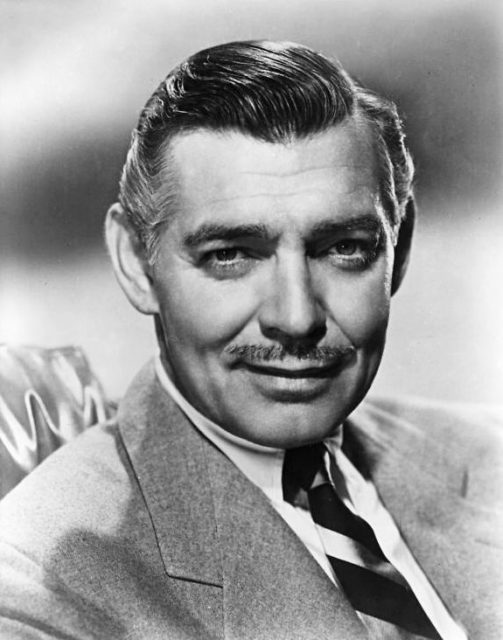
After failing to persuade Cooper to join his star cast, Selznick had agreed to all fulfill all demands of the MGM Studios and hired Clark Gable who became the Rhett Butler we all know and love. His exquisite performance earned him an Academy Award Nomination for Best Actor and established him as one of the leading actors of the 20th-century cinema.
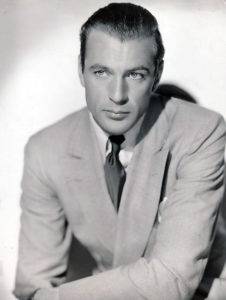
In 1979, 40 years after the release of Gone with the Wind and 18 years after Gary Cooper’s death, Hector Arce had published an extensive biography of Gary Cooper named Gary Cooper: An Intimate Biography.
In the book, Arce stated that Cooper regretted turning down the role of Rhett Butler for the rest of his life. According to Arce, Cooper said: “It was one of the best roles ever offered in Hollywood… But I said no. I didn’t see myself as quite that dashing, and later, when I saw Clark Gable play the role to perfection, I knew I was right.”
